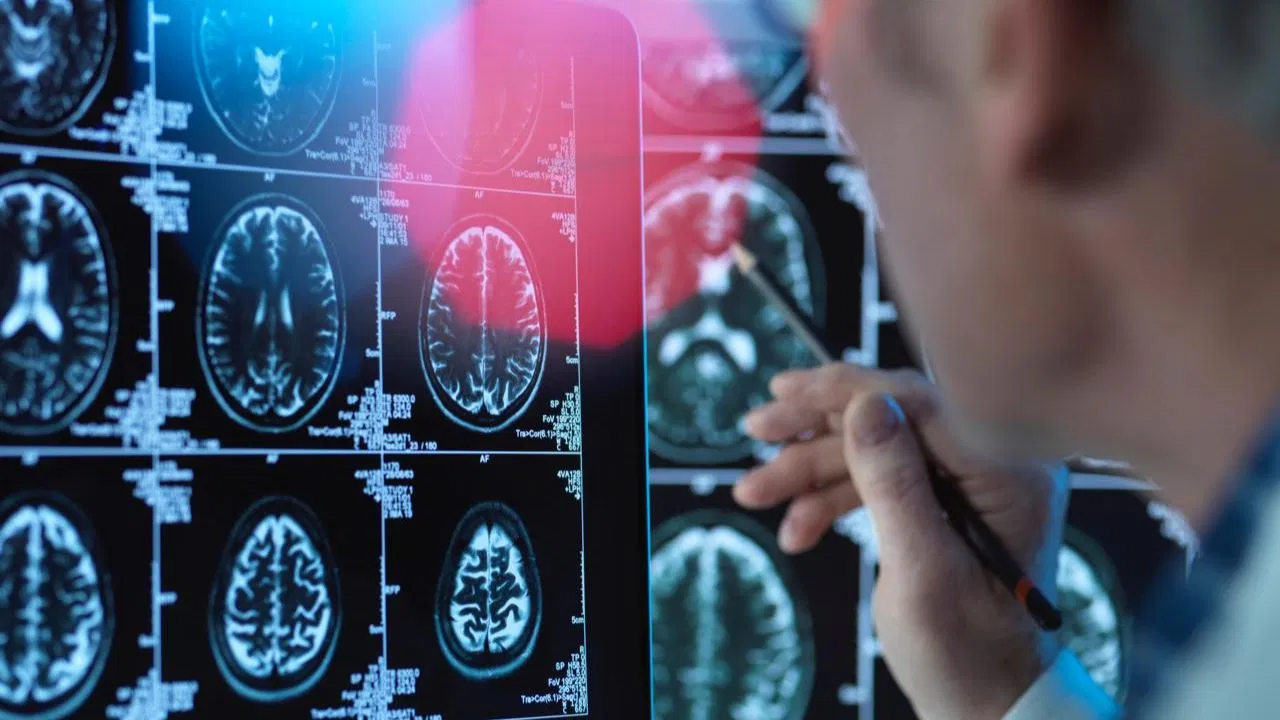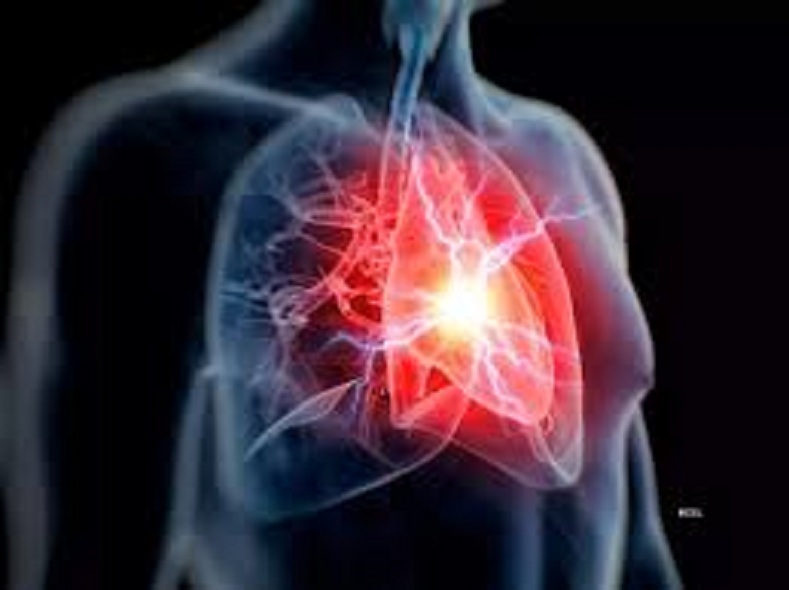New hope for early detection of Parkinson's disease: Unique discovery made with nanotechnology
- bySherya
- 27 Aug, 2025

Parkinson's disease is a serious neurological disease that is spreading rapidly all over the world. The biggest challenge is that it is often detected late. In such a situation, researchers have now taken a step in such a direction that can make early identification of this disease easier. Let's know.

Parkinson's disease is a serious neurological disease that usually appears with increasing age. People often call it "memory loss disease". The number of patients of this disease is increasing rapidly all over the world including India. The big problem is that it is detected late in most cases, which limits treatment and negatively affects the quality of life of patients. Due to late detection, the burden on health systems also increases and patients have to undergo a long treatment process.
Scientists have been searching for new ways to identify Parkinson's for a long time. In this direction, scientists of INST Mohali have done important research. They found that a protein called α-synuclein is deeply associated with this disease. When this protein changes its form and adopts a harmful form, then neurological damage begins. On this basis, the researchers have developed a nanotechnology-based biosensor, which can accurately identify the activity of this protein.
Biosensors based on gold nanoclusters
The new biosensor has been constructed with the help of very small particles of gold (gold nanoclusters). These particles are covered with special amino acids. The researchers have used Proline and Histidine. While Proline recognizes the normal form of the α-synuclein protein, Histidine recognizes its harmful and accumulated form. The biggest feature of this technology is that it is capable of identifying the disease at a very early stage. Early identification not only allows the patient to get timely treatment, but can also slow down the pace of the disease.
Nanotechnology benefits Parkinson's diagnosis
It will be possible to identify the disease in the initial stages.
A simple alternative to expensive and complex tests will be available.
The pressure on the health system can be reduced.
Testing facilities can be made available to rural areas and small towns.
In future, treatment and research of Parkinson's will get a new direction.





